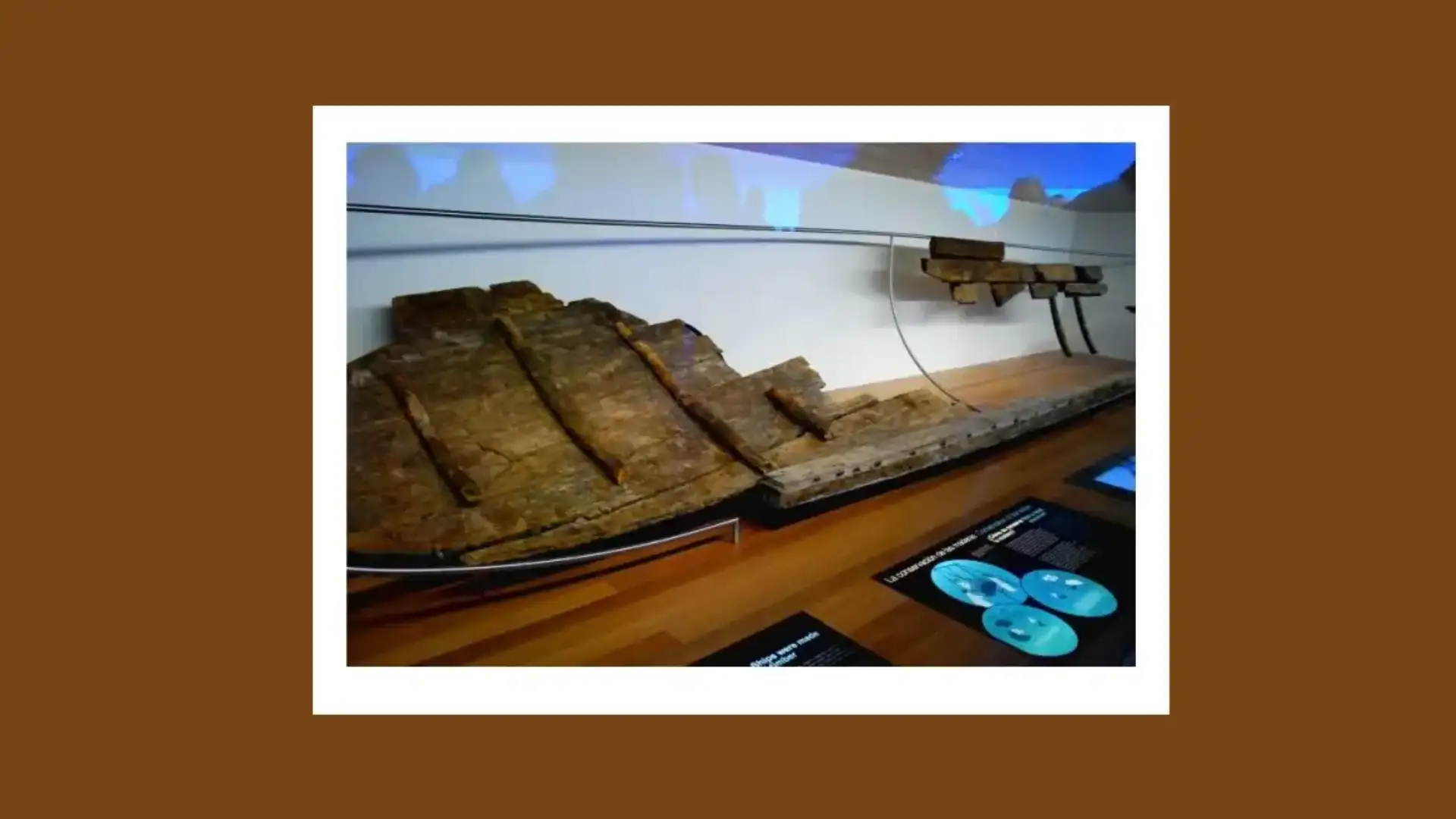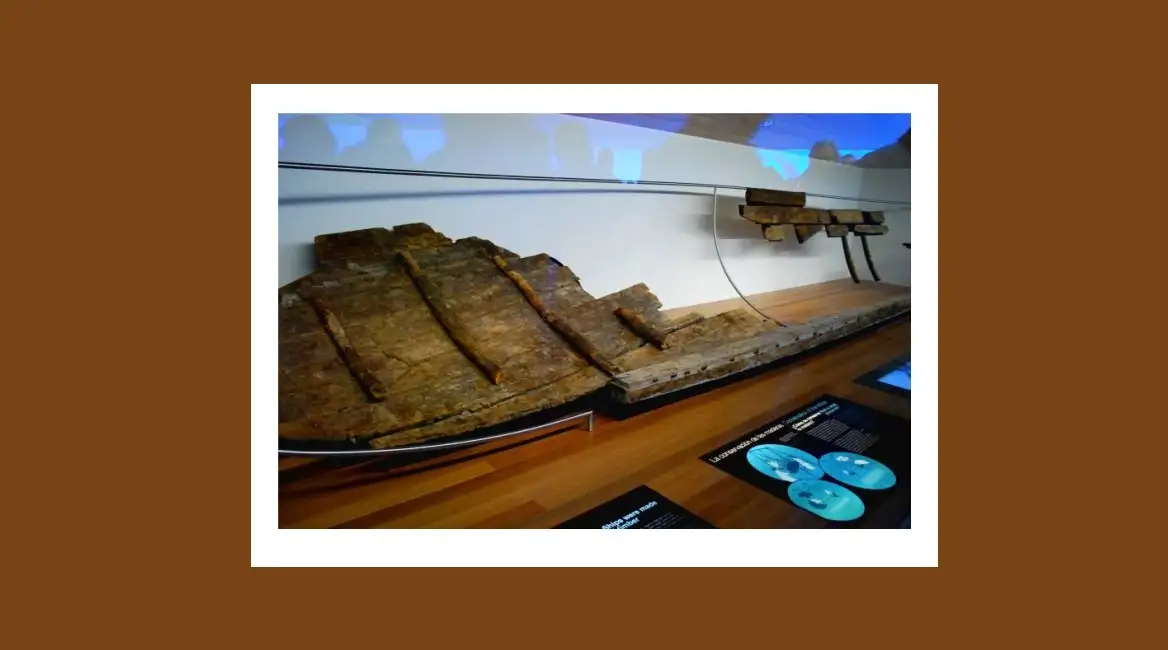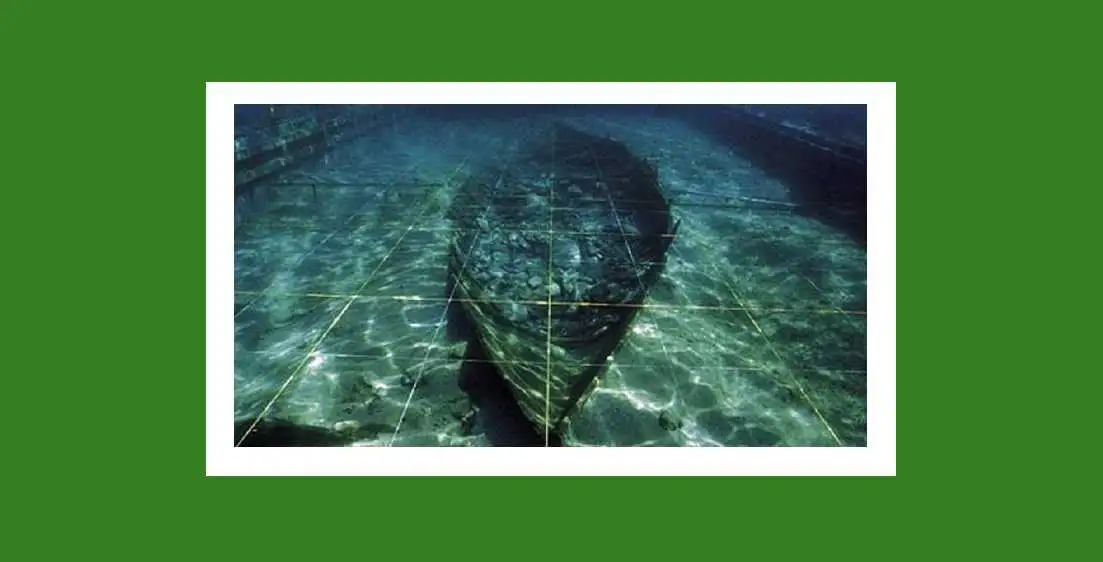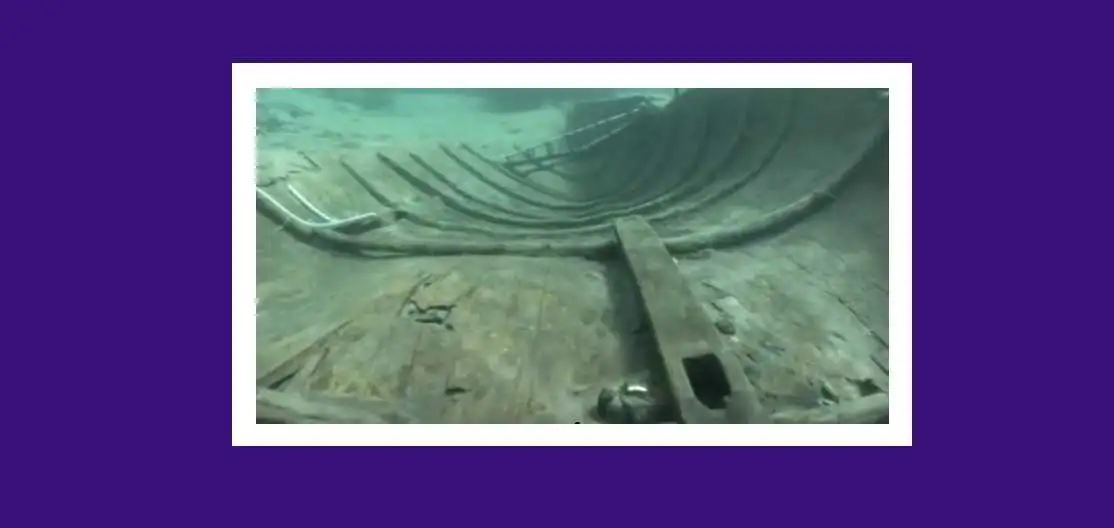
Mazarón atesores the most ancient Phoenician ships in the Mediterranean
Mazarón atesores the most ancient Phoenician ships in the Mediterranean

From the boat called Mazarón I, only the keel and some notebooks and tracas were located
In the Port of Mazarrón, where a considerable historical and archaeological heritage is located, it was discovered between 1988 and 1989, next to the island beach and following subaquatic archaeological prospections in the area by the National Centre for Undersea Archaeological Research (CNIAS), a particular which was associated with a shipment of materials that would date it in Phoenicia. The remains of this first ship were called Mazarón 1, to distinguish them from another similar vessel later found in the vicinity and called Mazarón 2.
The archaeological excavation of the first ship, taken over by CNIAS, took place between October 1993 and June 1995. In 1994, another more complete ship was located than the previous one, Mazarón 2, which also retained its cargo. Between October 1999 and July 2000, the action was carried out with archaeological criteria of this second particular.
The Mazarón 2 boat is almost complete and preserved in situ in front of the island beach. It has an approximate size of 8.20 m in length, 2.20 m in sleeve and a maximum point of 0.90 m, and its cargo was made up of lead ore ingots. Its wood and lead anchor, which is the oldest of its kind (cane, cepo and nail), appeared to date in the Mediterranean, was also located.
This is considered the most complete and old known ship that has been documented at the bottom of the sea and its discovery provides a very valuable and unique information on the technique of Phoenician shipbuilding and the maritime trade in antiquity.
Both ships were to be part of a small flotilla that was made to the sea in the second half of the 7th century BC from the port of Mazarrón and belong to the type known as hippos for its completion in protomum of horse in bow and sometimes also in stern.

The second of the Phoenician ships, the one known as Mazarón II, is almost complete and preserved in situ in front of the beach of La Isla. Of a size of 8.10 m in length and 2.25 m in manga, it had the whole cargo, consisting mainly of lead ore ingots. The anchor, of a type called cane, cepo and nail, was also located, being the oldest specimen known to date in the Mediterranean (Photo of the National Museum of Archaeology)
Mazarón 2 carried 2.8 Tn of litargirio in circular ingots or cakes, which had been placed on a layer of plateau except in the center of the ship where a mobile mast was going. His crew must have been reduced, and in relation to it has been found an amphora that would go by the mast in which the fresh water would be kept, in addition to a stone mill and remains of fauna and a spartum gate. The comforts were non-existent, as when the deck ship was lacking the crew would carry out their activities on the cargo.
The territory of Mazarrón, at least since the 7th century BC, witnessed numerous commercial contacts between indigenous people and Phoenicians on its coast, relations that were extended over time to the settlements of the interior. This is shown by the various findings made in several fields located in what was the first line of coast (between Cabezo del Faro and the mouth of the Rambla de las Moreras), in one of which (Punta de Nares, Cabezo del Castellar, Punta de los Gavanes or Loma de Sánchez) has been found to be a Phoenician ceramic and the presence of activities related to the transformation of ore, which puts them in relation to the cargo that was carrying Mazarro 2.

The Phoenician ships of the Playa de La Isla, from the VII a. C., provide valuable information on the technique of Phoenician shipbuilding, cargo and maritime trade... the discovery of the first of the ships took place in 1988, and the archaeological excavations of both were developed between 1993 and 2000, being carried out by the National Centre for Underwater Archaeological Research (Photo Ministry of Education, Culture and Sport)
It is very possible that the island beach had been used at that time as a plumber, although the ceramic materials recovered there, especially amphoras, must be related to the cargo of the specials, in particular Mazarón 1. The presence of Phoenicians in the area demonstrates their relations with indigenous communities, since at least the 7th century BC, with commercial contacts on the coast and, even, with settlements of the interior, where they accessed through the ramp of the Moreras towards the Guadalentín valley.
_
María Martínez Mayor, Municipal Archaeologist of Mazarrón. Pio Garrido Urbano, Manager of the Mazarrón Tourist Consortium. Francisco José Navarro Suárez, Managing Director of Ligia Comunicación y Tecnología, S.L.
© 2024 Nautica Digital Europe - www.nauticadigital.eu











